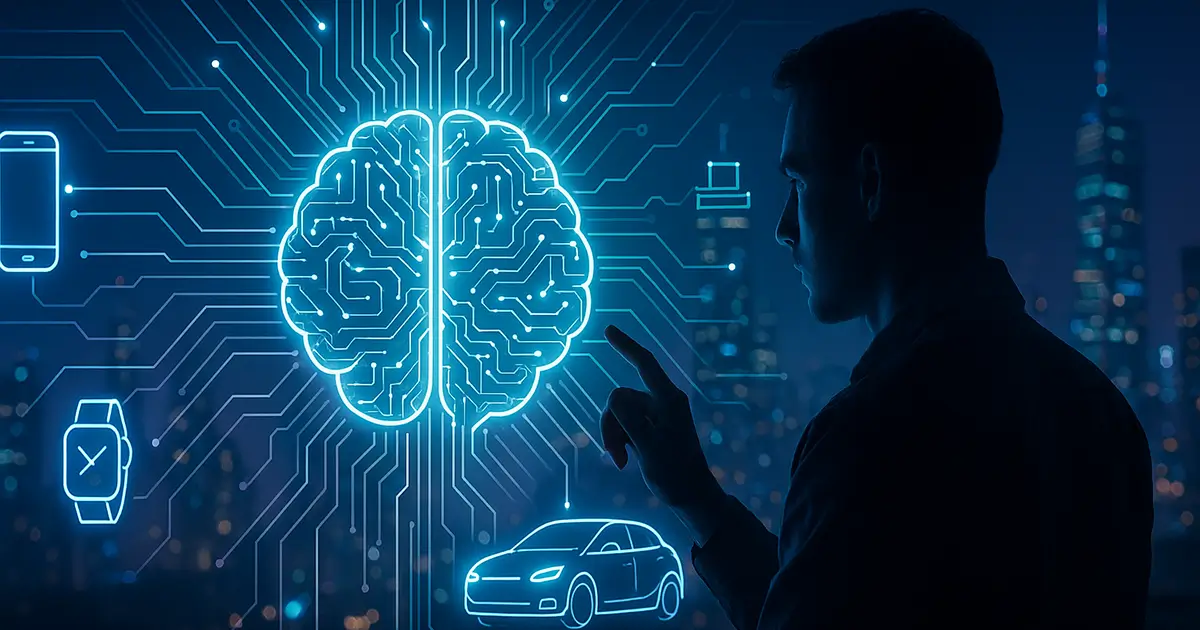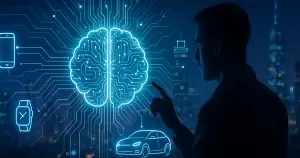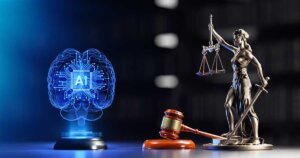What does the future of AI hold? Artificial Intelligence is no longer a futuristic concept, it’s shaping our daily lives, workplaces, and economies in profound ways.
As we look ahead to the next 5 to 10 years, AI is expected to become more autonomous, more deeply integrated into society, and significantly more intelligent. But with these advances come crucial questions about ethics, privacy, and social impact.
Here’s a closer look at the trends that will define the future of AI:
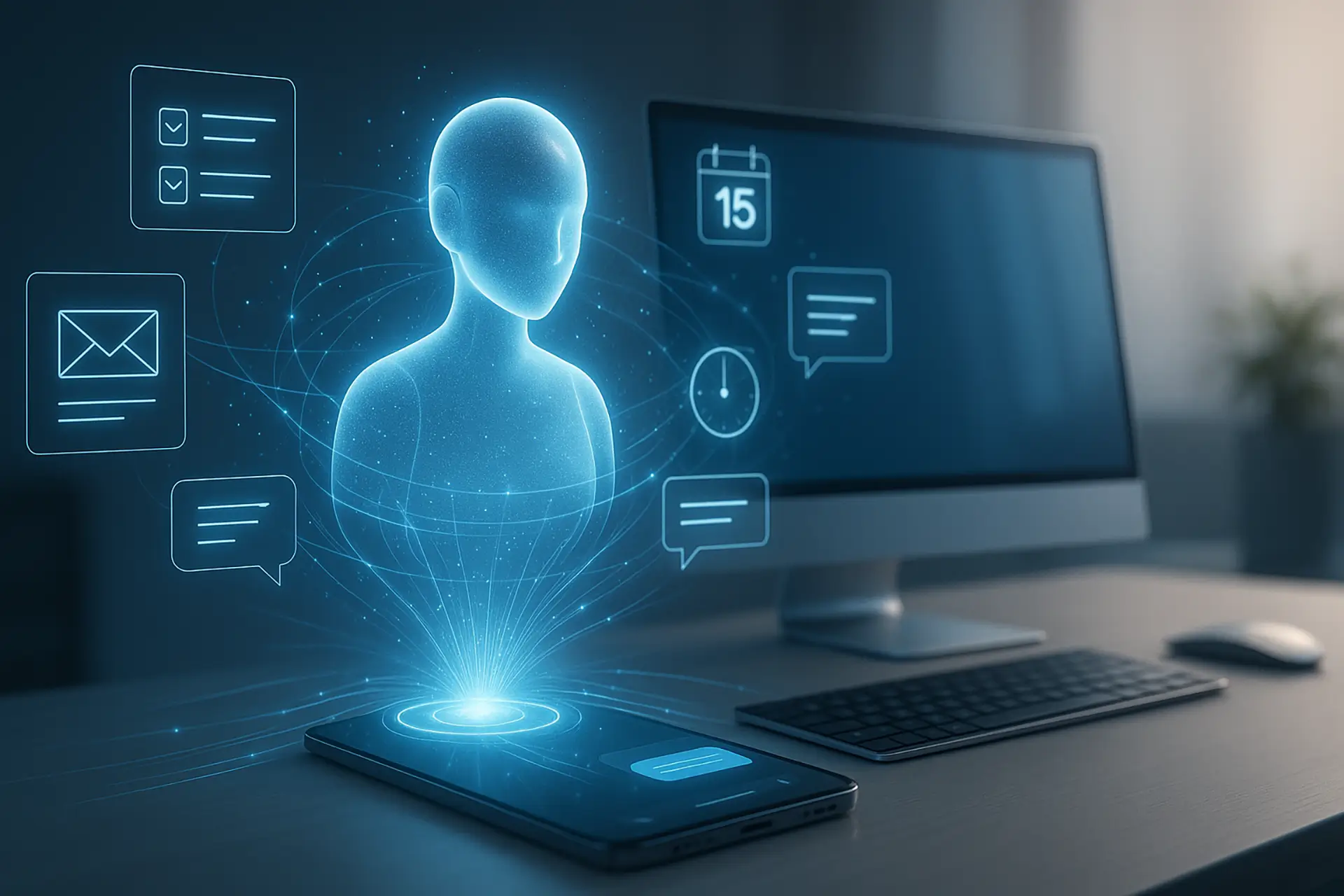
1. Ubiquitous Assistants & Autonomous Agents
The future of AI is evolving from helpful tools to fully functional digital collaborators.
What’s changing?
We’re moving beyond simple voice assistants like Siri and Alexa. The next generation of AI will be context-aware, meaning it can remember past interactions, understand complex goals, and act proactively.
Examples:
- Personal AI Agents: Imagine having your own digital assistant, similar to ChatGPT, dedicated to managing your calendar, summarizing emails, booking travel, conducting research, or even negotiating basic contracts on your behalf.
- Business Workflows: Autonomous AI agents will work inside tools like Salesforce, HubSpot, or Google Analytics. They’ll clean data, respond to support tickets, generate reports, and optimize campaigns, all without waiting for human input.
Impact:
This will dramatically reduce the time we spend on routine administrative tasks and empower teams to focus on strategy and creativity.
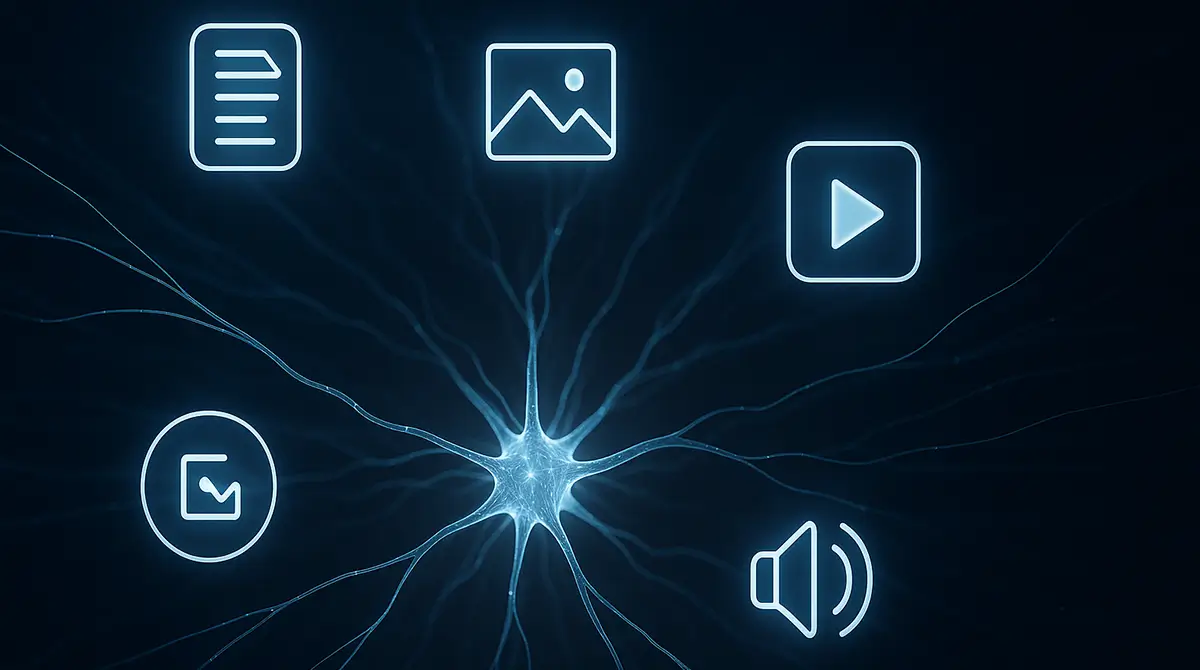
2. Multimodal Intelligence
AI will understand and generate content across multiple formats at once.
What’s changing?
Current AI models are mostly text-based. But the frontier now is multimodal AI—models that can simultaneously process and generate text, images, audio, video, and sensor data.
Examples:
- Creative Tools: AI will assist designers in creating brand kits, musicians in composing tracks, and filmmakers in editing raw footage—all from simple prompts.
- Practical Applications: In healthcare, AI could analyze an X-ray image, cross-reference patient data, and deliver a diagnosis with a spoken summary. In smart cities, it might synthesize video from traffic cameras with weather data to manage traffic in real-time.
Impact:
Multimodal AI will revolutionize creative industries, scientific research, medical diagnostics, and everyday computing by blending senses like a human brain does.
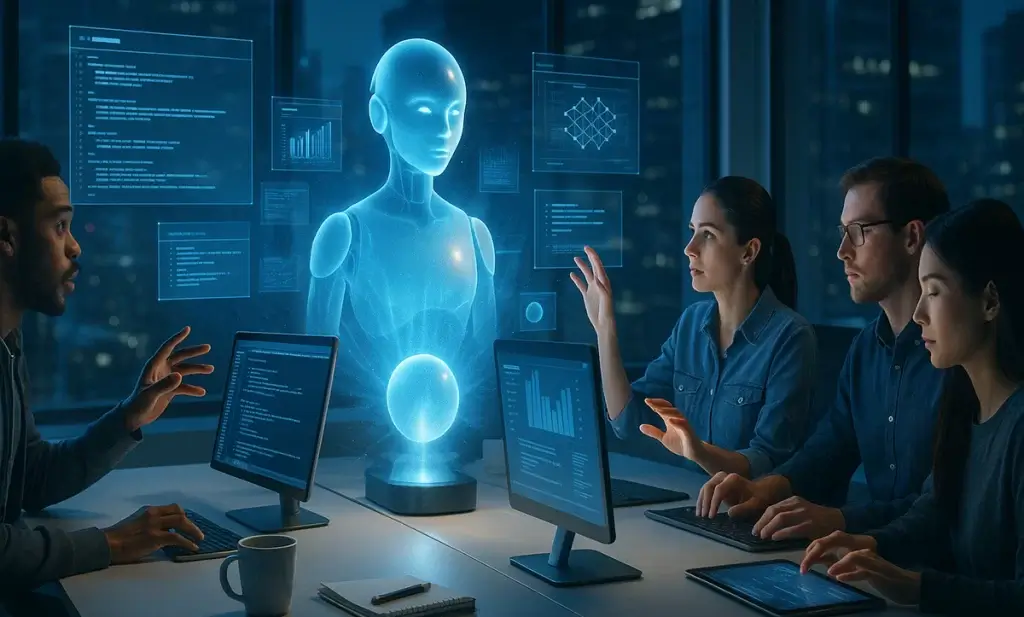
3. Human-AI Collaboration in the Workplace
AI won’t replace most jobs, it will reshape them through augmentation.
What’s changing?
The focus is shifting from automation to collaboration. Rather than fully replacing workers, AI tools will serve as copilots to help humans work faster and better.
Examples:
- Developers will use AI to suggest and debug code.
- Designers will generate templates, animations, and even websites with AI prompts.
- Writers will brainstorm article ideas, edit drafts, and optimize SEO with AI assistance.
Impact:
This human-AI teamwork will increase productivity, reduce burnout, and lower the barrier to entry in complex fields like design, programming, and content creation.
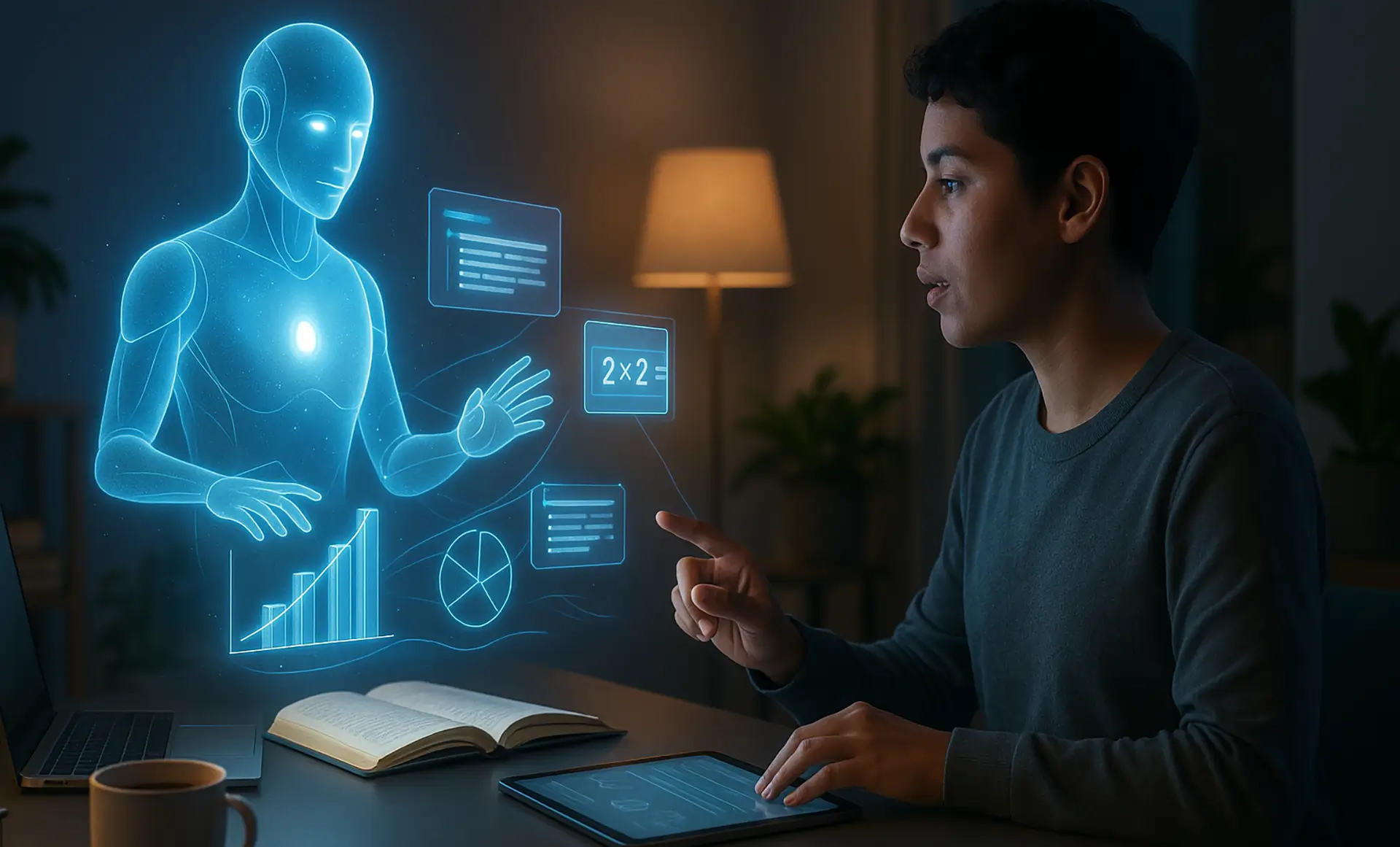
4. Hyper-Personalization
The future of AI will tailor digital experiences in real-time based on your behavior, preferences, and context.
What’s changing?
AI systems will go far beyond showing you relevant ads. They’ll personalize entire interfaces, product suggestions, learning paths, and communication styles.
Examples:
- Marketing: Emails, landing pages, and product recommendations will dynamically adapt to each viewer.
- Education: Students will get individualized lessons based on how they learn best—whether visual, auditory, or hands-on.
- Software Interfaces: Apps will reorganize themselves to suit your habits, whether you’re a novice or power user.
Impact:
This level of personalization will improve engagement, reduce cognitive load, and significantly increase conversion rates in digital experiences.
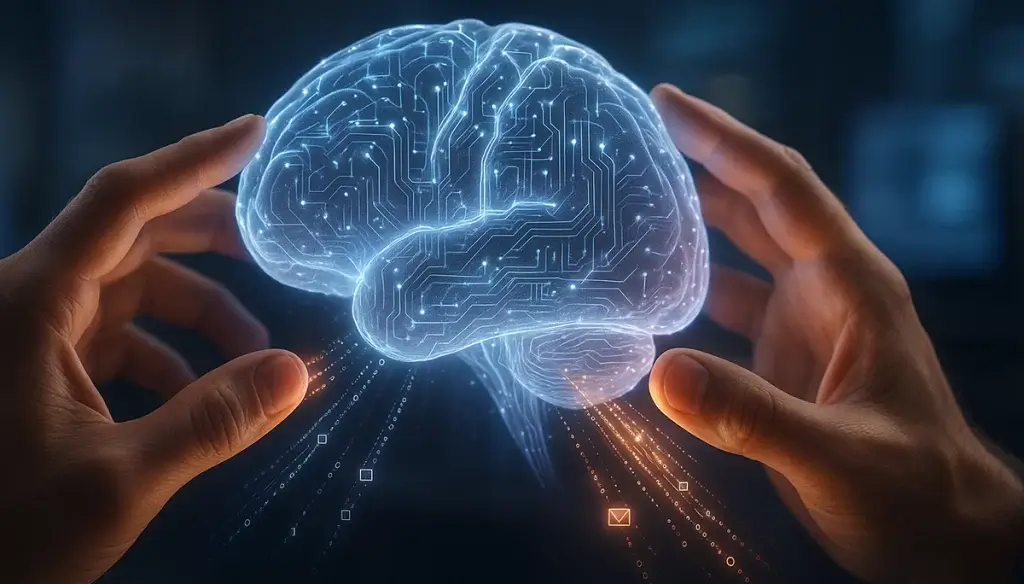
5. Smarter, Safer, and More Aligned Models
AI will become more aligned with human values, and safer to deploy.
What’s changing?
Powerful AI models carry risk, so researchers are racing to ensure they understand, respect, and follow human intent. This effort is known as AI alignment.
Key initiatives:
- Constitutional AI: Training AI to follow principles (like fairness and privacy) that are baked into its “constitution” of behavior.
- Reinforcement Learning from Human Feedback (RLHF): AI learns by receiving feedback from human reviewers to align better with real-world needs.
- Open Source & Specialized Models: Smaller, domain-specific models will complement large ones, offering better control and transparency.
Impact:
Better aligned AI reduces risks like misinformation, manipulation, or unintended behavior—making it safer for public use and enterprise adoption.
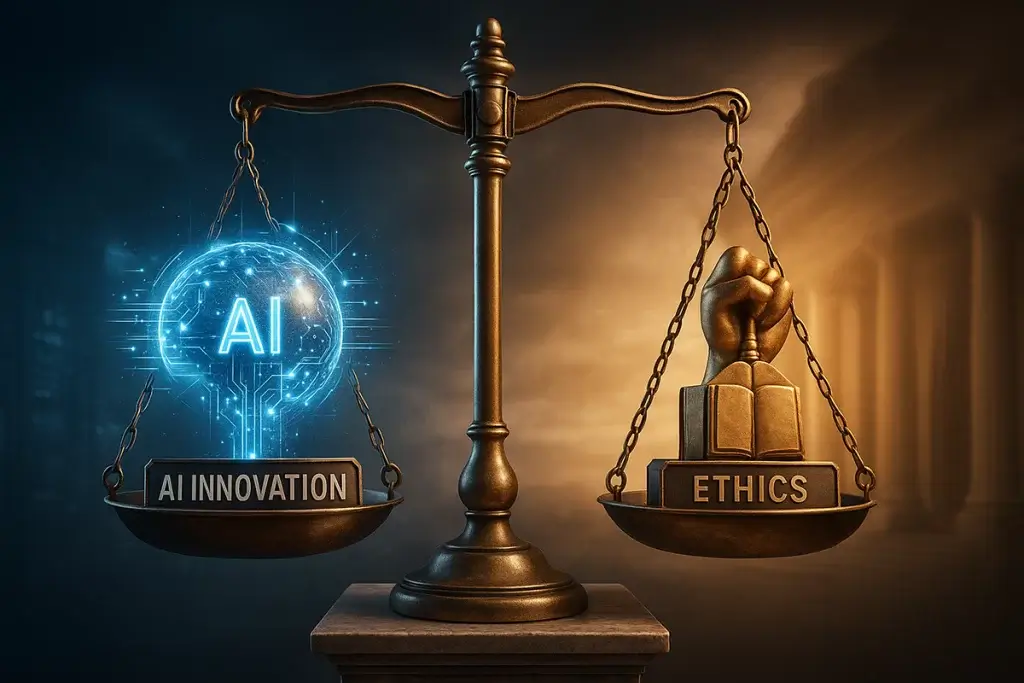
6. Ethical and Societal Challenges
The rise of AI brings difficult questions that demand urgent answers.
What’s changing?
As AI gains power, its social, legal, and economic implications will become more urgent.
Concerns include:
- Misinformation & Deepfakes: AI-generated content could spread fake news or impersonate people.
- Bias & Fairness: AI trained on flawed data can perpetuate discrimination in hiring, lending, and policing.
- Privacy vs. Surveillance: Governments and corporations might use AI to monitor citizens or consumers at scale.
- Job Displacement: While AI creates new roles, it also threatens to replace some existing jobs, especially in logistics, customer service, and administration.
Impact:
Expect a global wave of AI regulations focusing on transparency, accountability, and data rights, especially in Europe, the U.S., and China.
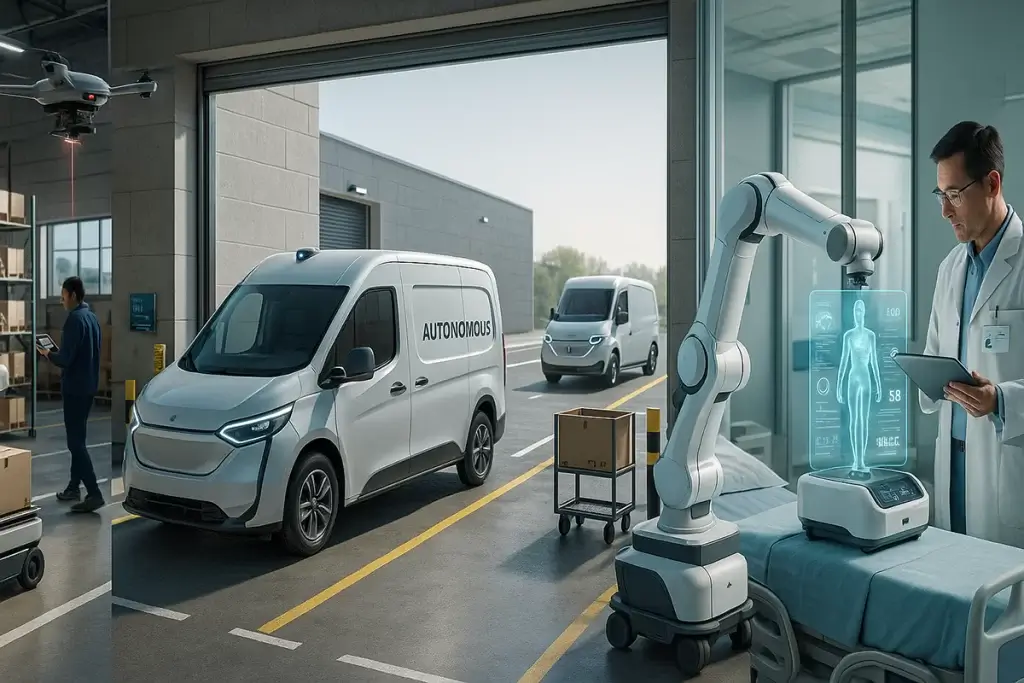
7. AI and the Physical World
AI will increasingly power robots, vehicles, and medical devices.
What’s changing?
AI will leave the screen and interact with the physical world, guiding real-world actions through robotics, sensors, and embedded systems.
Examples:
- Robotics: Automated warehouses, cleaning bots, delivery drones, and smart manufacturing lines.
- Healthcare: AI will assist with medical imaging, monitor patients remotely, and speed up drug discovery through simulation.
- Autonomous Vehicles: Self-driving fleets will be used in delivery services, long-haul trucking, and closed-loop environments like airports.
Impact:
This physical expansion of AI will improve logistics, healthcare, and accessibility—but will also require safety protocols and infrastructure upgrades.
Things to Think About
The next decade of AI isn’t just about more power, it’s about more responsibility. As these systems become more integrated into our lives and businesses, we must balance innovation with accountability.
The most successful individuals and companies will be those who understand AI’s capabilities, apply it ethically, and use it to augment, not replace, the best of what humans do.

